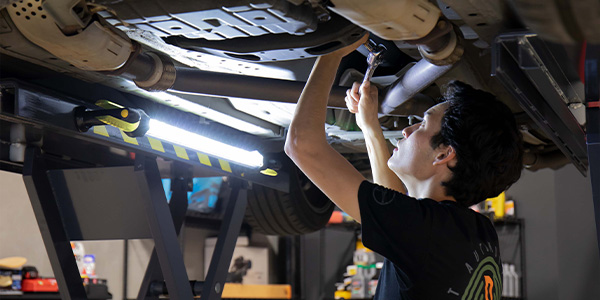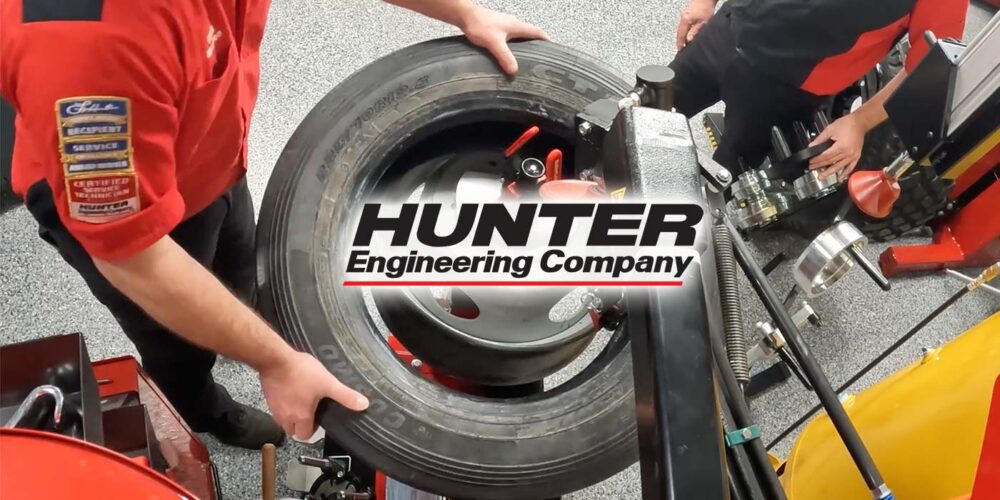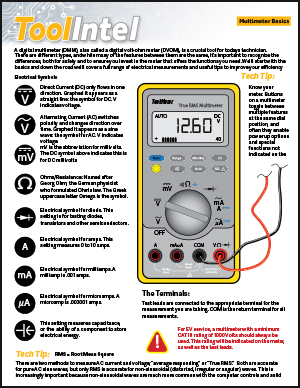Some 1998 Sephia models produced before May 7, 1998 (A/T equipped vehicles) or May 2, 1998 (M/T equipped vehicles) may intermittently experience a condition where the starter motor fails to engage and blows the 15-amp start fuse. This condition is usually worse when the outside air temperature is high.
This condition is caused by excessive resistance in the starter solenoid circuit due to insufficient wire sizing of the starter solenoid wire. This causes the current to the starter solenoid pull-in winding to be too low for the starter solenoid to fully engage. If the key is held in the start position for an extended period of time, the 15-amp start fuse will blow.
Affected Production Range:
1998 Sephia models with production dates (VINs) prior to:
• Manual transmission: 5/2/98 (KNAFB1219W5753552); and
• Automatic transmission: 5/7/98 (KNAFB1211W5754548).
On vehicles produced after the above production dates, the starter solenoid circuit wire size was increased to eliminate the high-resistance condition.
Vehicles produced prior to the production change that experience an intermittent no-start condition or that blow the 15-amp start fuse should install a relay kit in the engine compartment fuse/relay box. This kit consists of a relay, a 30-amp fuse and a sub-harness that is to be installed between the engine compartment fuse relay box and the starter.
Required Tools and Materials:
• 10 mm wrench;
• Pliers;
• 3/8” drive, 12” extension;
• 10 mm socket;
• 12 mm socket;
• Wire cutters;
• Wire stripper;
• Pop-rivet gun; and
• Starter relay kit (US980 67 KIT).
Starter Relay Kit Installation:
1. Disconnect the negative battery cable.
2. Disconnect the Mass Air Flow (MAF) sensor electrical connector.
3. Disconnect the Intake Air Temperature (IAT) sensor electrical connector.
4. Unclip the Data Link Connector (DLC) from the air intake.
5. Loosen the hose clamp on the intake pipe.
6. Remove the two bolts and one nut securing the air intake assembly and remove the air intake assembly.
7. Remove the engine compartment fuse/relay box cover.
8. Disconnect the B+ terminal from C1002.
9. Unclip the engine compartment fuse/relay box from the bottom cover and remove the bottom cover.
10. Install the 12 VDC relay from the kit onto the bottom tray using the 3/16 pop rivet and washer provided in the kit.
Note: Install the pop rivet through one of the two existing drain holes in the bottom tray.
11. Position the engine compartment fuse/relay box to gain access to C192 on the bottom of the fuse/relay box.
Note: C192 is the black block-style connector located in the center of the fuse/relay box.
12. Connect the 14-gauge blue wire from the relay to the bottom on the relay box male terminal spade lug.
13. Locate the connector terminal C192-61 (RED/WHT wire).
Note: C192-61 is the RED/WHT wire located on the right-hand side of the connector, five terminal holes from the top.
14. Carefully cut C192-61 (RED/WHT wire) approximately 1 to 2 inches from C192.
15. Strip approximately 1/4 inch of insulation off of the cut end of C192-61.
16. Crimp (butt connect) the 22-gauge RED wire from the relay to the end of RED/WHT wire attached to C192-61.
17. Remove the 12 mm bolt from G103 located under the fuse/relay box mounting bracket on the left-hand engine compartment fender.
18. Route the BLK wire from the relay through the notch in the bottom cover and under the fuse/relay box mounting.
19. Secure the eyelet for the black wire under the 12 mm bolt previously removed and install the bolt.
20. Route the WHT wire from the relay through the side notch in the bottom cover and reattach the fuse/relay box and bottom cover.
21. Install the fuse/relay box onto the mounting bracket.
22. Install the 30-amp slow-blow fuse from the kit into the empty socket next to the cooling fan 20-amp slow-blow fuse.
23. Verify new relay operation as follows:
a. Temporarily reconnect the B+ terminal to C1002 and secure with one nut.
b. Connect a voltmeter between the 14-gauge WHT wire and ground.
c. Turn the ignition switch to the ON position. The voltmeter should indicate approximately 12 volts.
d. Disconnect the B+ terminal from C1002.
24. Route the WHT wire along the engine wiring harness, under the large tie-wrap, to the starter solenoid.
Note: Use the tie-wraps included in the kit to secure the wire in place.
25. Disconnect the RED/WHT wire from the starter solenoid.
26. Connect the WHT wire to the starter solenoid, making sure to leave a small loop in the wire between the last tie-wrap and the starter solenoid.
Note: The loop in the wire will function as a stress relief to prevent damage to the wire and crimp connection.
27. Install the B+ terminal onto C1002.
28. Reconnect the negative battery cable.
29. Start the engine to verify proper operation. After verifying operation, turn off the engine.
30. Install the fuse/relay box cover.
31. Install the air intake assembly using two bolts and one nut.
32. Tighten the hose clamp.
33. Connect the IAT sensor and MAF sensor electrical connectors.
34. Attach the datalink connector.
Technical service bulletin courtesy of Mitchell 1.
For more information on Mitchell 1 products and services, automotive professionals can log onto the company’s website at www.mitchell1.com.














